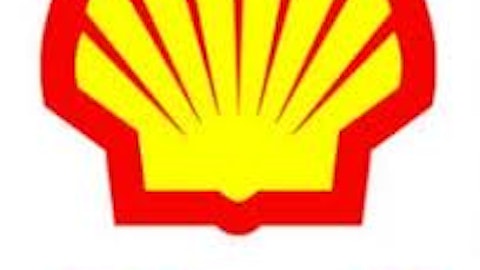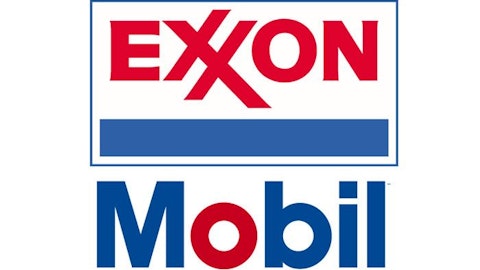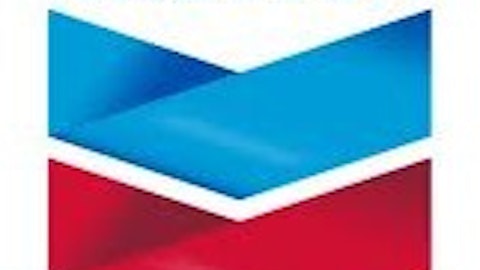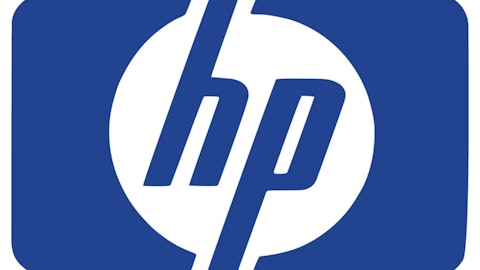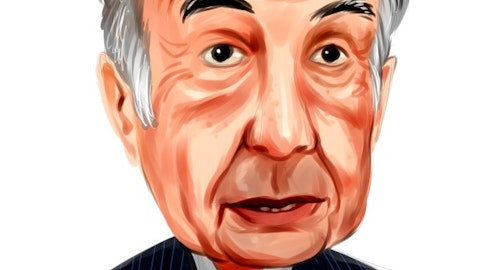One of the world’s largest publically tradable energy company’s Chevron Corporation (NYSE:CVX), has seen its share price remain relatively flat for the year to date underperforming the S&P 500 by 3%. This poor performance has been on the back of a poor full year 2012 result, declining crude prices, increased legal risks and cost blowouts at key projects. But there are now a range of positive catalysts emerging that I believe bode well for Chevron and should drive its share price higher, making now the time for investors to consider the stock.
Chevron is the only integrated oil and gas major with a material position in Latin America
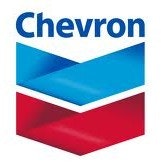
Chevron Corporation (NYSE:CVX) recently embarked on a partnership with Argentina’s state controlled oil company YPF SA (ADR) (NYSE:YPF) to exploit the vast shale oil and gas reserves of the Vaca Muerta. The company has also entered into a strategic partnership with Colombia’s state controlled Ecopetrol S.A. (ADR) (NYSE:EC) to explore and extract natural gas in Colombia, making it one of the largest natural gas producers in the region. Furthermore, this also makes it one of the largest suppliers of natural gas to Venezuela, which depends on natural gas as a key source of energy production.
This I believe bodes well for the company’s continued growth, despite the additional political and economic risks this creates for Chevron, with Latin America set to become a dominant oil and gas producer. Already it has been speculated that the Vaca Muerta region in Argentina, maybe the world’s largest non-conventional oil and gas resource with it estimated to have over 22 billion barrels of oil equivalent.
Chevron’s outstanding legal risks are diminishing
By the end of 2012 Chevron Corporation (NYSE:CVX) found itself facing weighty legal risks with significant potential financial impacts. The most significant being the civil and criminal prosecution for two oil spills in Brazil, which have a potential financial impact of $20 billion. It also appeared to be increasingly likely that an Ecuadoran judgment made against Chevron in 2011 for environmental damage in Ecuador would be enforced with the plaintiffs seeking enforcement action in a range of foreign jurisdictions. But recent events this year indicate that Chevron’s legal risks are diminishing.
In February 2013, Brazilian authorities dropped criminal charges against Chevron Corporation (NYSE:CVX) and its drilling platform operator Transocean, but Chevron is still facing potential damages of $20 billion for two civil lawsuits brought by Brazilian authorities. Towards the end of 2012 the Ecuadoran plaintiffs sought to enforce the judgment against Chevron in Argentina and Canada where Chevron has considerable assets, which saw Chevron’s assets in Argentina frozen.
But in May 2013, a Canadian court ruled there was no merit to the Ecuadoran judgment and refused to recognize it, preventing its enforcement in Canada. This still left Chevron’s considerable assets in Argentina frozen, endangering its strategic partnership with YPF SA (ADR) (NYSE:YPF) to access the vast reserves of the Vaca Muerta. But in June 2013, Argentina’s Supreme Court lifted the order freezing Chevron’s assets allowing it to proceed with the joint venture. All of which indicates that Chevron’s legal risks are diminishing leaving it well positioned to continue developing its Latin American assets.
Management’s actions demonstrate confidence in Chevron’s future
During the first quarter 2013, Chevron Corporation (NYSE:CVX) purchased $1.25 billion of common stock under its share buyback program. This has reduced the number of common shares outstanding thereby increasing the value of those shares that remain outstanding.
